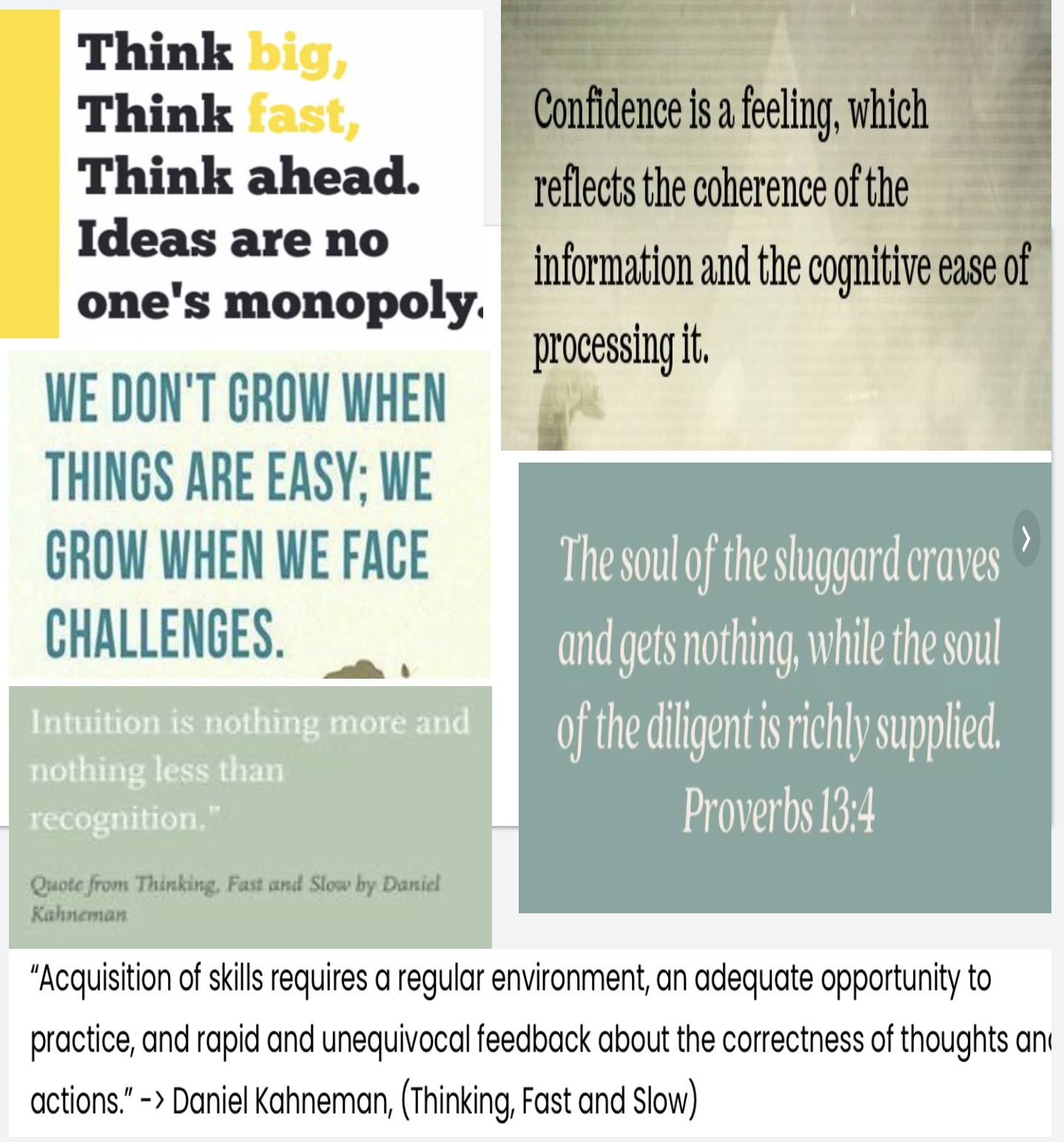
There are two systems in your brain that are constantly fighting over control of your behavior and actions.
THINKING FAST & THINKING SLOW are the two systems. If you use the wrong system in the wrong situation, it leads to errors in judgment and decisions.
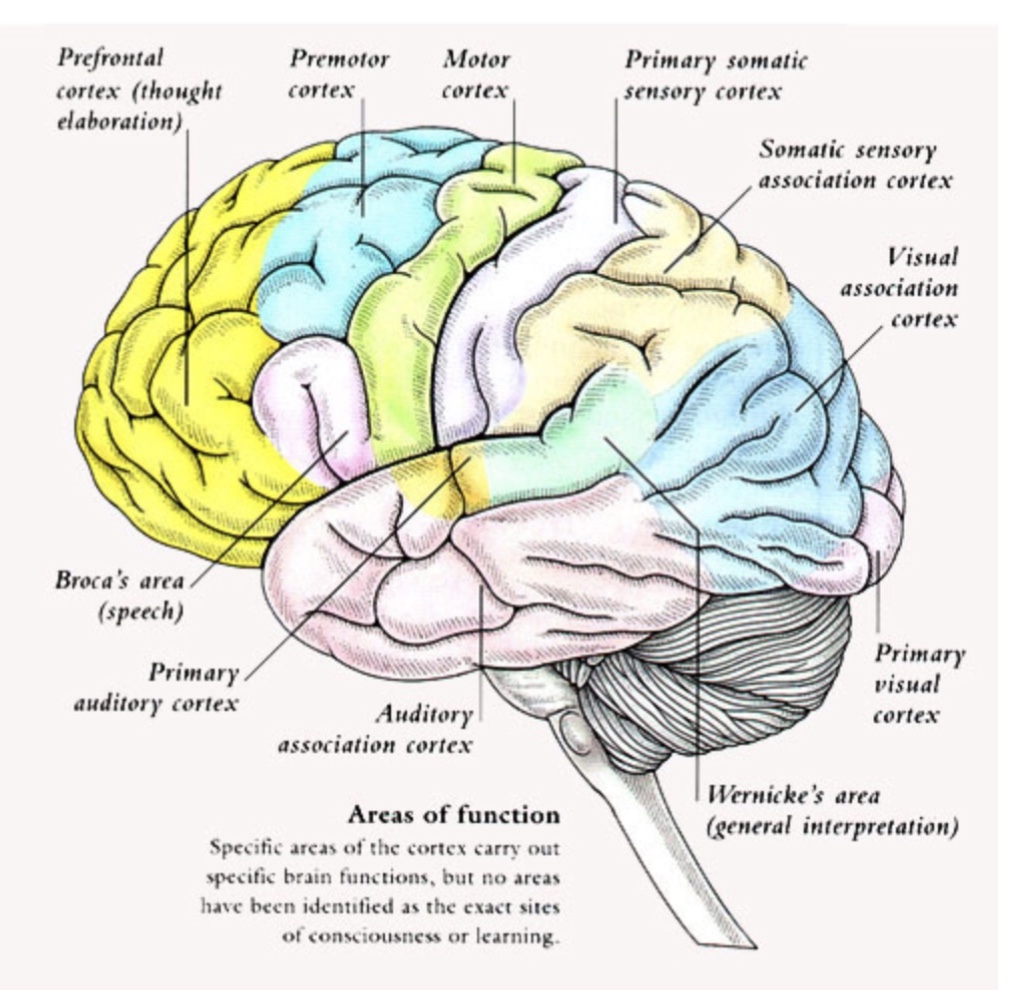
A hitter basically has 3 (THREE) BLINKS OF AN EYE from release to the time the ball crosses home plate. The hitter has ONE BLINK OF AN EYE to decide whether to stop or continue his/her swing (IMPULSE CONTROL).
YOU DO NOT HAVE TIME TO BE DELIBERATE WHEN HITTING IN THE GAME.
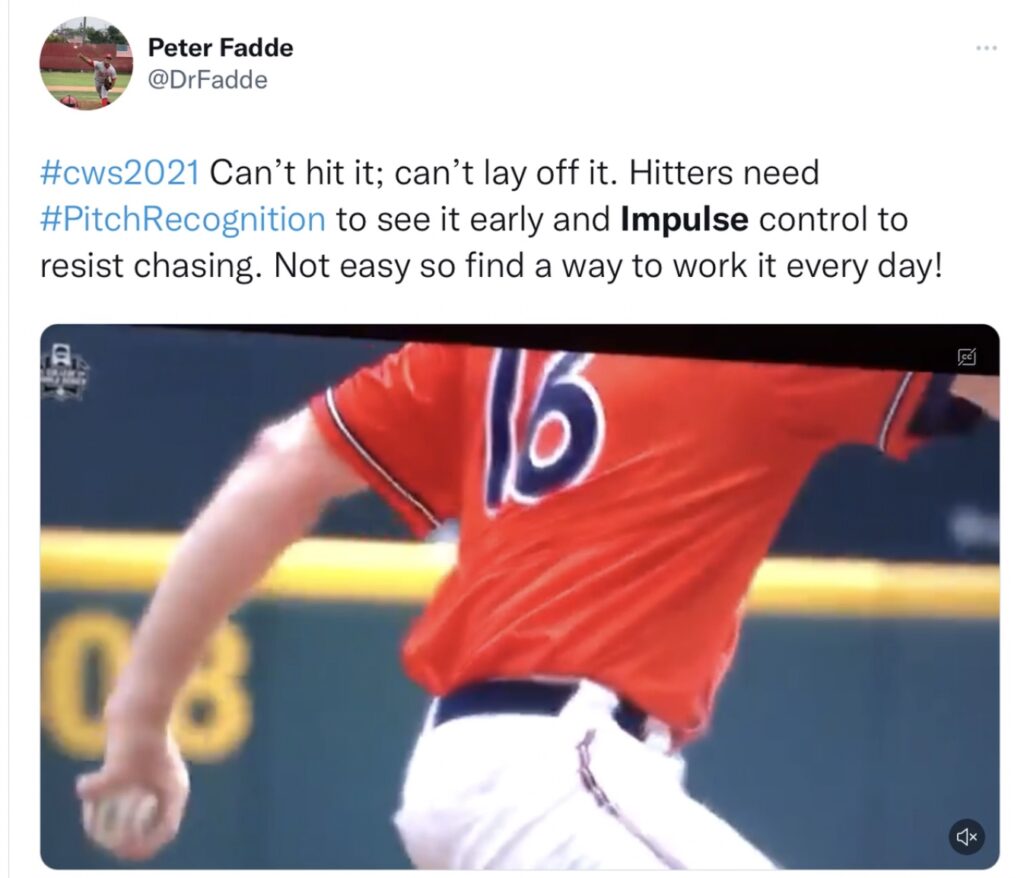
(This article & last week’s article, ”My eyes see, my hands do” are my take aways and my own interpretations of my fascinating conversation over a zoom call with Dr. Peter Fadde a couple weeks ago. Dr. Fadde is the foremost expert on Pitch Recognition and inventor/founder of GamesSense).
A hitter’s chase rate measures the times he/she swings at pitches outside of the strike zone. Hitters should have a solid understanding of the strike zone, and more specifically, attacking pitches they can do damage on & contrarily, taking pitcher’s pitches that will induce soft contact or swings & misses.
It stands to reason that hitters who are better at PITCH RECOGNITION and have the best strategic plan or motor program to match the pitch they are anticipating will have more consistent success.
It also should NOT come as a surprise that pitches that are in the strike zone and being anticipated by the hitter are easier to make meaningful contact on. Pitches that are outside of the zone are tougher to hit with power, although some hitters can hit certain pitches off of the plate consistently hard (build HEAT MAPS for all of your hitters to determine each’s strengths & weaknesses.
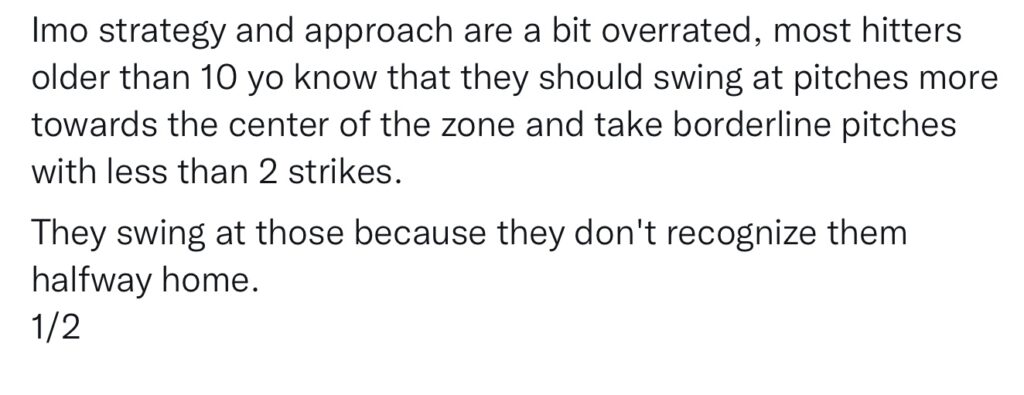

Athletic departments for Baseball & Softball on the college level need to follow the lead of M.L.B. organizations.
SYSTEMS NEED TO BE DEVELOPED AND PUT IN PLACE. Coaches are only as good as the SYSTEM THEY ARE IN & THE PROTOCOLS DEVELOPED.
Broken and fractured systems just trying to poach great coaches away from other University’s is an admission by the Athletic Department that it has not invested properly in pieces around the Coach in order to build a reliable infrastructure to meet the needs of the student-athletes. (See my article on COMPETENCE).
The best M.L.B. organizations put in place the BEST PROTOCOLS & take a systematic approach, then hire the best people/minds to write the protocols and interpret the data and prescribe the training, so the coaches can coach.

When a hitter chases pitches outside of what they are anticipating and chasing pitches that they cannot hit ”well” – IOW, LACK OF IMPULSE CONTROL OR BAD PITCH RECOGNITION – they give the advantage back to the pitcher.
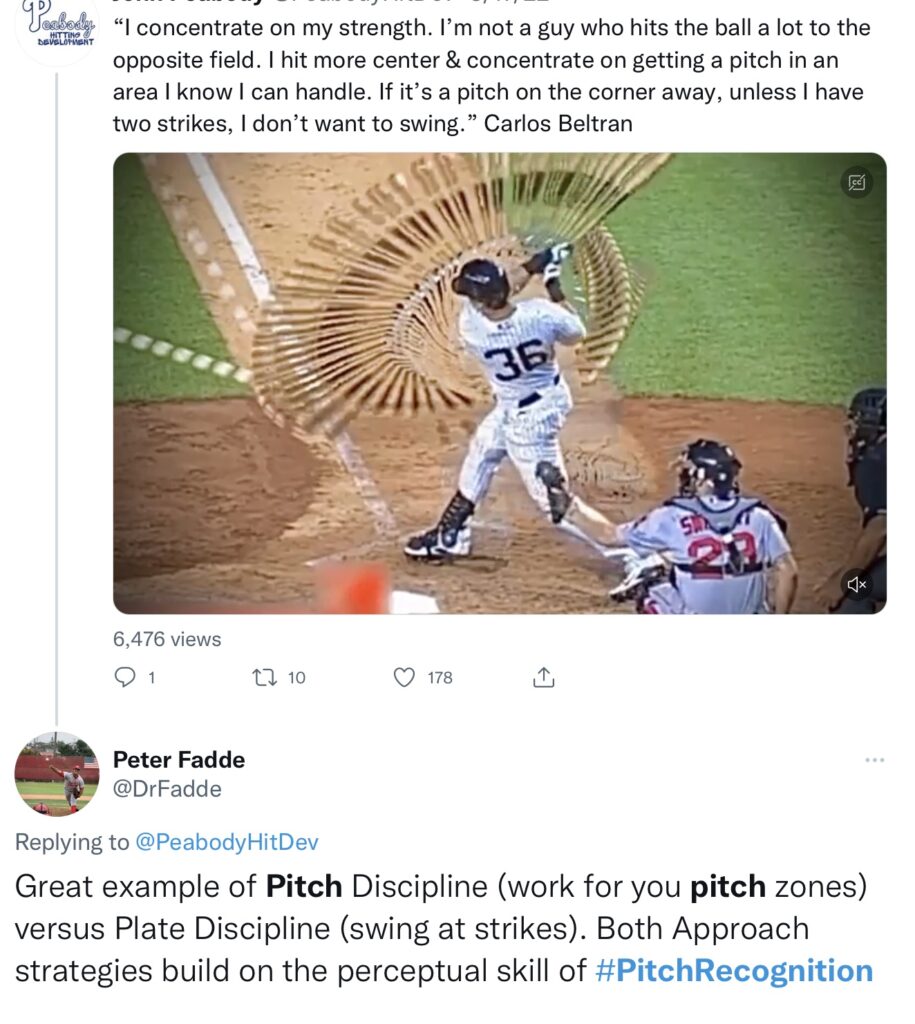
THE TIMING OF PITCH RECOGNITION
The FIRST SEGMENT OF TIMING IS FROM THE PITCHER’S HAND BREAK TIL RELEASE. How you use this TIME can create an advantage in tempo & vision.
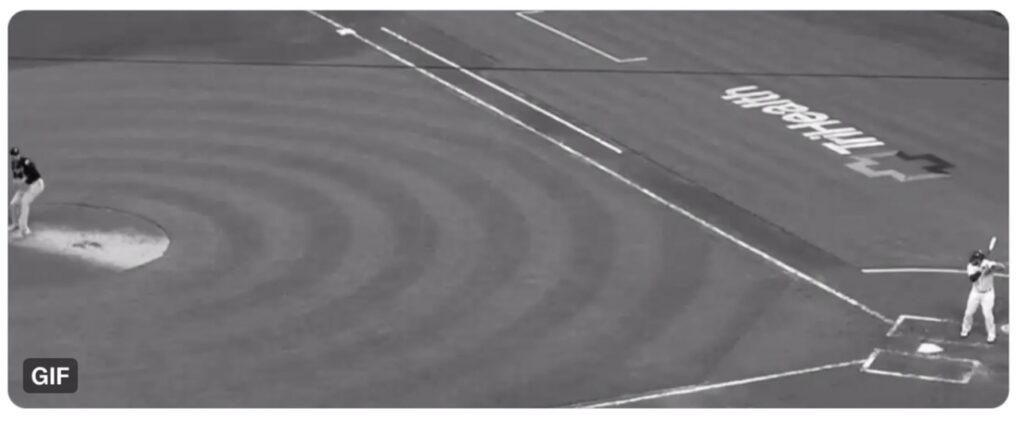
“WHEN” hitters START their hinge and “HOW” they load up until the time of pitcher’s release MATTERS and determines the hitter’s ability to pick up cues in the pitcher’s arm, hand, grip, non-verbals, etc. At this phase of the swing, MOVE to create power and also with intent to SEE/READ/RECOGNIZE what’s happening.
SEEING AFFECTS MOTOR PROGRAMMING – a.k.a. ADJUSTABILITY to get your swing off a.k.a. RATE OF FORCE DEVELOPMENT.
Hitters who start late often have no control and have to RUSH. They compensate by trying to swing too hard – over swinging affects vision. These hitters place too much emphasis on raw bat speed without proper context. Starting early and getting one legged and trying to SEE the pitch released before moving also is suboptimal. Practice hinging early and picking up the pitcher’s cues from hand break until release. See previous articles on SWING ATTRACTORS re: HINGE EARLY, COIL LATE.
Efficient movement helps vision/pitch recognition.
The early start of the hitter’s movement in relationship to pitcher’s hand break:
- Prepares for and helps with high velocity;
- it helps with adjustments and adjustability;
- it helps create a ”timing buffer” where the hitter can adjust to linear speed changes from 7-12 m.p.h.;
- it helps with VISION.
BEING ON TIME & SEEING THE BALL MATTERS!
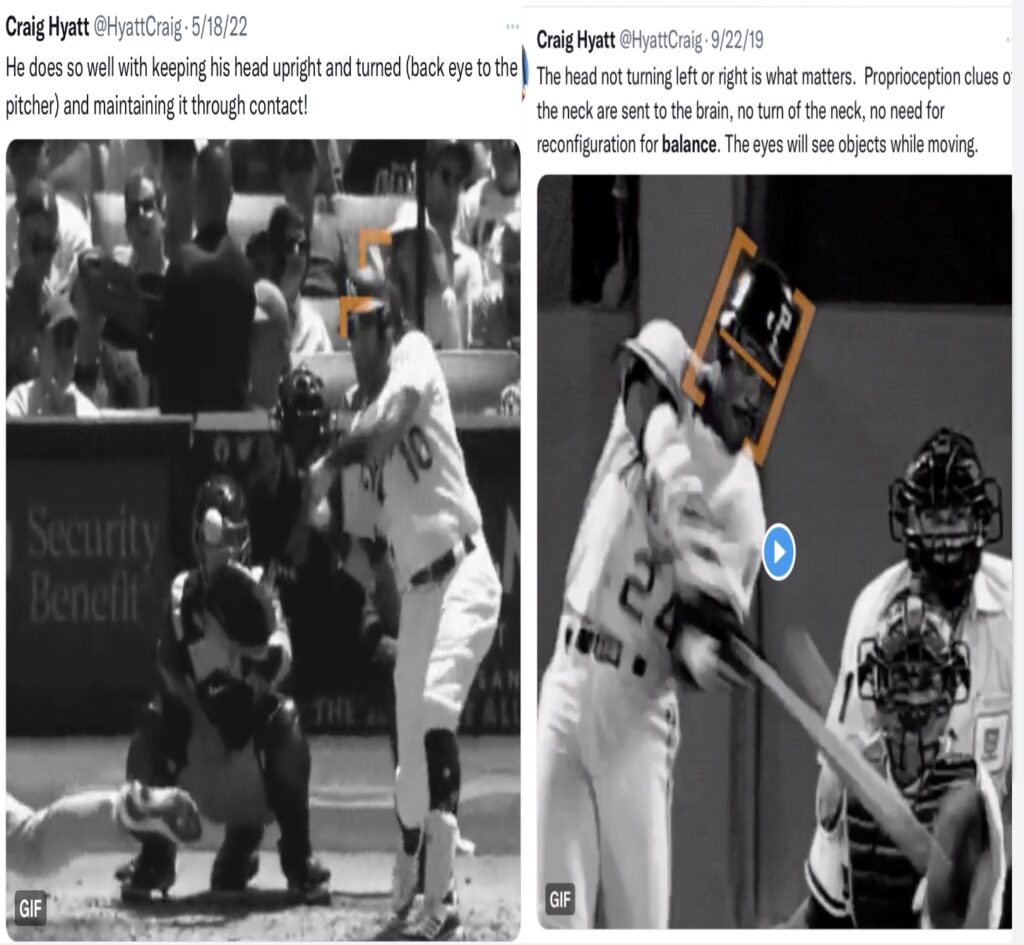
MOTOR PROGRAMMING
When a hitter is locked in, it seems ”NOTHING” IS IN THEIR MIND.
EVERYTHING SLOWS DOWN.
Another way of saying the above:
- the hitter is not using their frontal cortex during that moment.
- They bypass the deliberative parts of their brain that THINKS SLOW and use the part of the brain that THINKS FAST.
- In order to THINK FAST though, the hitter & the hitter’s brain has already been PRE-PROGRAMMED.
- The deliberative, frontal-cortex was used during practice & preparation to figure out and explore solutions.
- The secret is unlocking those motor programs and applying the right motor program to the right pitch & in the right situation.
Anticipating the pitch is a benefit.
Combining the pitcher’s tendencies with pre-release delivery information is key.
At release, hitters should access motor programs PRACTICED DELIBERATIVELY BEFOREHAND (THINKING SLOW) for each type of pitch – then use the information gathered upon pitcher’s release to determine your IMPULSE CONTROL (THINKING FAST) – IOW, stop your swing if the pitch does not align with what you anticipated and expected and programmed for.
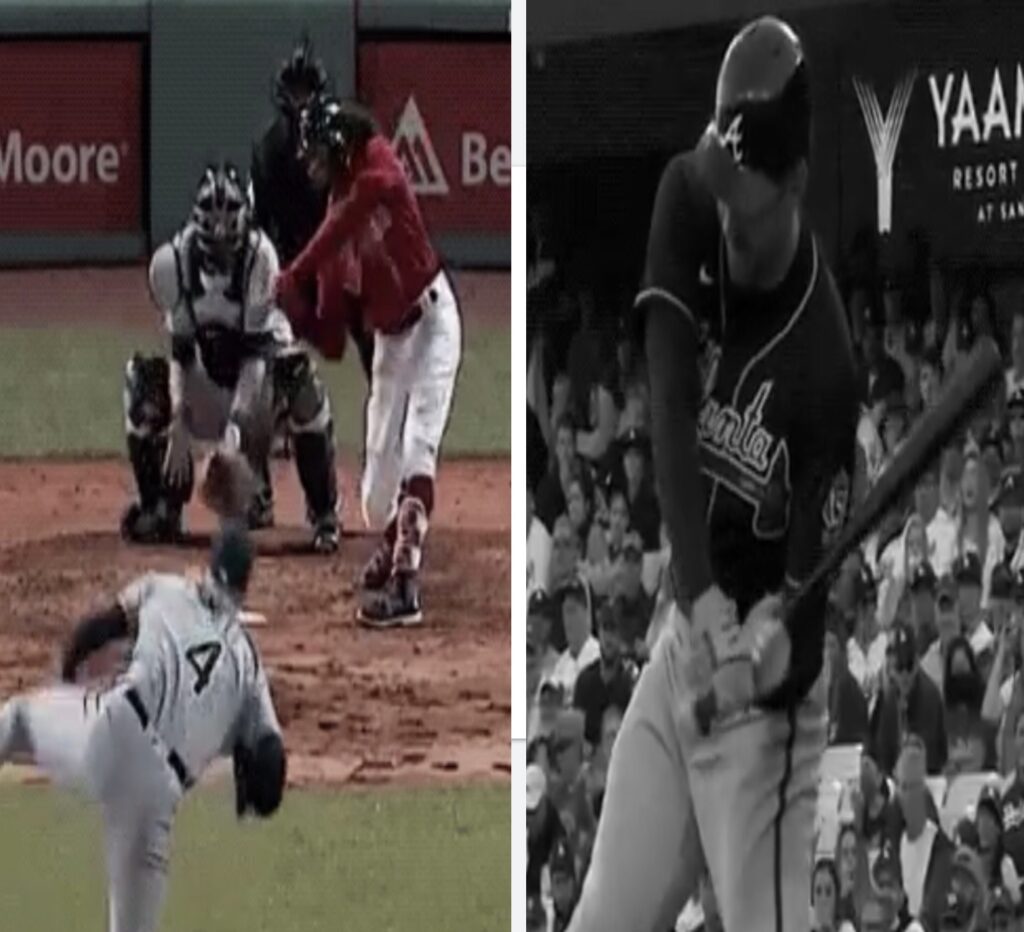
BUT CRUSH IT, WHEN YOUR PITCH SHOWS UP.
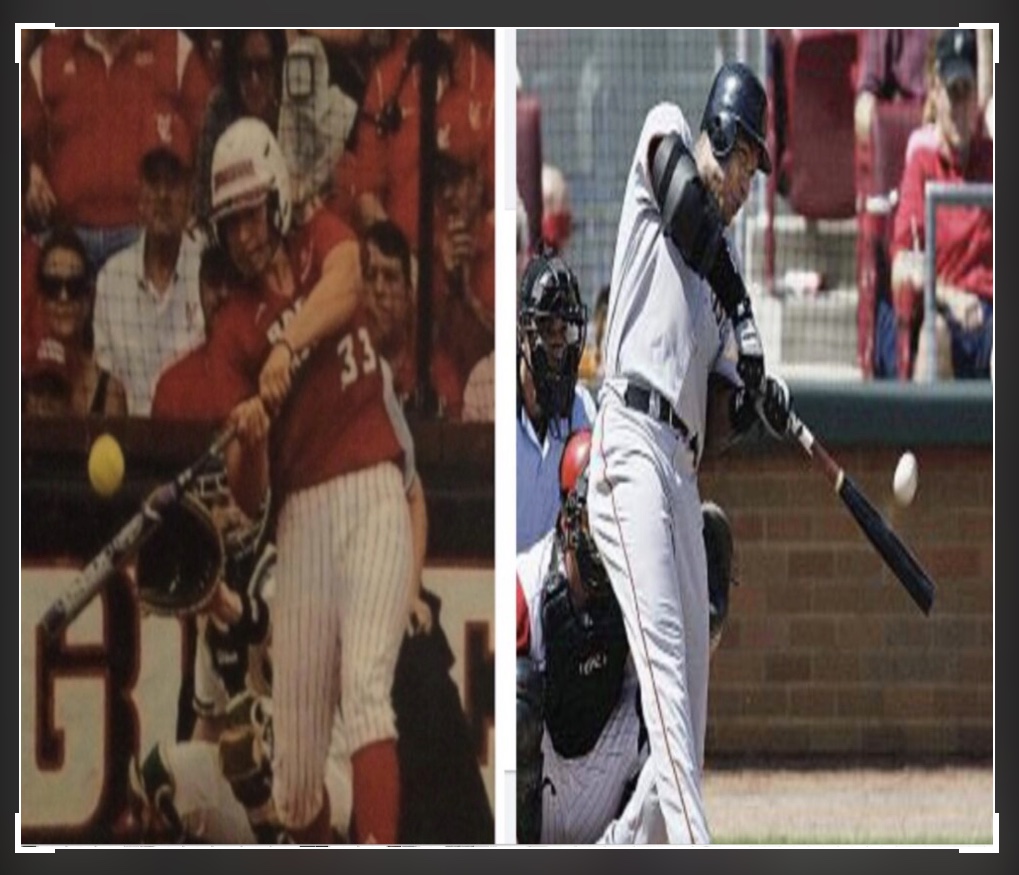
PURSUE EXCELLENCE & WIN THIS PITCH!
About the Author

Mike Lotief coached 17 successful years as either the head softball coach or co-head softball coach with his wife Stefni Whitton Lotief at the University of Louisiana from 2002-2017 with an overall coaching record of 731-176 (80.6 winning percentage). Every season, the Ragin Cajuns softball team advanced to the NCAA tournament and also advanced to three (3) Women’s College World Series (2003, 2008, 2014) and from 2012-2016 advanced to five (5) straight NCAA Super Regionals. Coach Lotief produced over 40 All American selections and his 2017 team lead the nation in scoring and was ranked in the Top 10 in home runs, slugging percentage, on base percentage.
The coach is a cancer survivor (twice) and was the first person in the U.S. to receive the Pro Trach device. Mike and Stefni spearheaded and raised the funding to build the new softball stadium in 2009 and the new softball indoor hitting facility in 2015. They are proud parents to Chelsea, who played softball and graduated from the Univ. of Louisiana in 2018, and Andrew, who is a junior at Louisiana studying Mechanical Engineering.
Previous Articles in this Series
- The Mental Swing Attractors: Failure Cannot Break You (Nov. 11, 2021)
- Training Insights: “Swing Attractors” by Coach Mike Lotief… the Flaws of Pelvic Loading (Nov. 9, 2021)
- The Mental Swing Attractors: Push Yourself… You Don’t Have to Be #1 to BE #1! (Nov. 4, 2021)
- Training Insights: “Swing Attractors” by Coach Mike Lotief… Pelvis Loading, Part 2—The Planes of Movement (Nov. 2, 2021)
- The Mental Swing Attractors: Remove the Rope from Your Ankle & Get Rid of the Limiting Beliefs! (Oct. 28, 2021)
- Training Insights: “Swing Attractors” by Coach Mike Lotief… Pelvis Loading, Part 1—It’s All in the Hips (or Somewhere Deep Below) Oct. 26, 2021
- The Mental Swing Attractors: Champions are Developed by Devotion & Discipline! (Oct. 21, 2021)
- Training Expertise: “Swing Attractors”… the Secrets of Power Hitting by Coach Mike Lotief (Oct. 19, 2021)
More About Mike Lotief
- Why Michael Lotief is a Legendary Coach? by Jay Patel
- The Secret To Michael Lotief’s Success. By Jay Patel
- Michael Lotief Fights for Rajin’ Cajuns by Graham Hays ESPN
- Michael Lotief: Taking His Sport to New Heights by Neha Kapoor
- For the Love of the Game: A Look at Ragin’ Cajun Softball’s Power Couple
- How Louisiana-Lafayette’s Michael Lotief Develops Hitting Gems by Graham Hays ESPN
